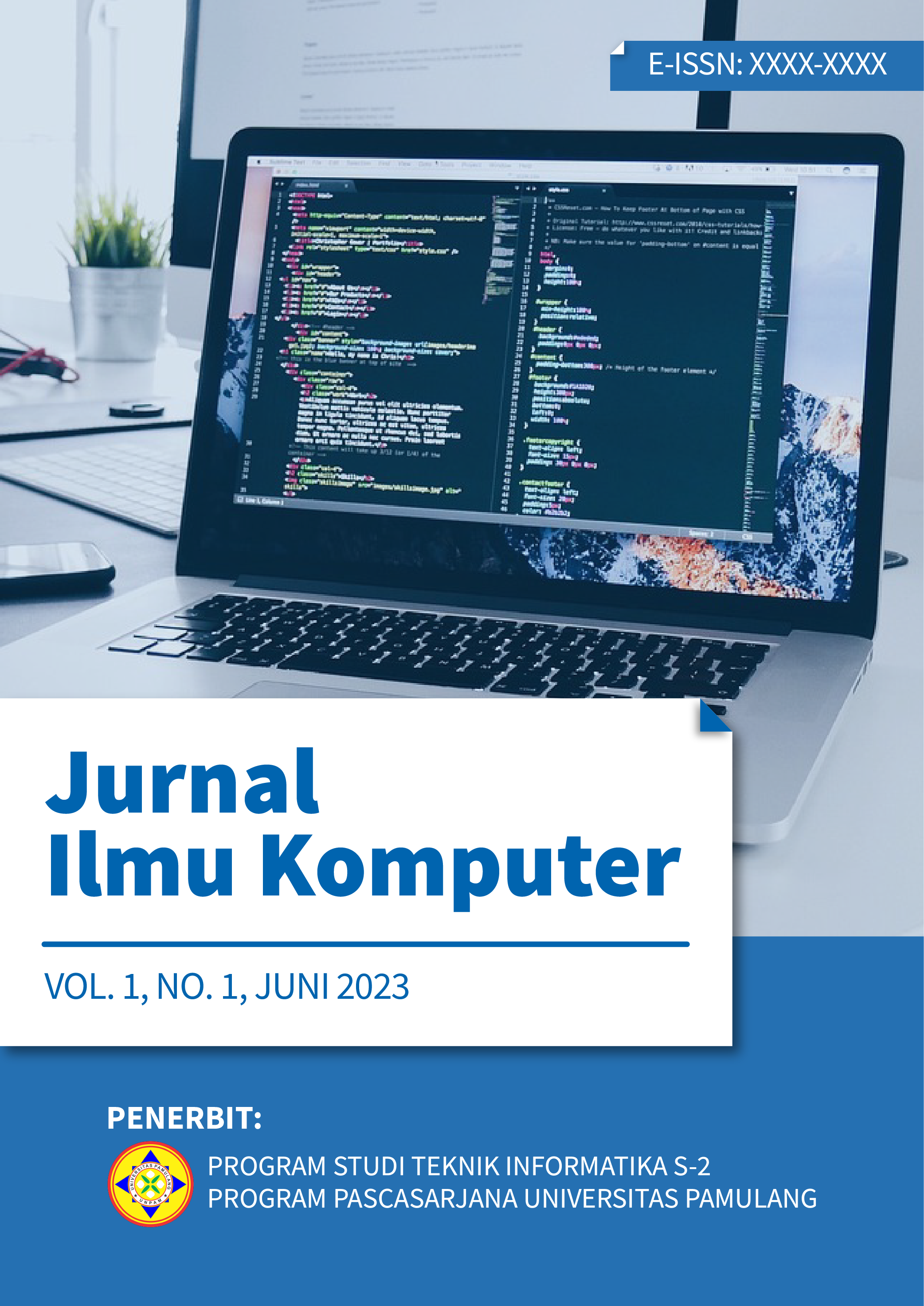Analisis Platform Tracer Study Pendidikan Vokasi Menggunakan Metode Pieces dan Metode K-Nearest Neighbor
Keywords:
Vocational education, Tracer Study, PIECES, K-Nearest Neighbor, KNNAbstract
The alignment between education and the needs of the workforce is highly necessary since the job market understands best what is required in the workplace. Tracer Study is a way to obtain information from graduates of educational institutions to evaluate the outcomes of their education. However, there are doubts about the platform's suitability as a support for conducting tracer studies. Additionally, in the tracer study instrument, respondents answer subjectively about the alignment of the skills programs they pursued in school with the positions they hold while working, as well as for the alignment of further studies. This may lead to potentially invalid data. The method used to analyze the tracer study platform is PIECES (a certain analysis method). Meanwhile, the K-Nearest Neighbor (KNN) method is used to analyze the alignment of vocational school graduates who work and continue their studies. A total of 28,850 respondents filled out the PIECES method questionnaire using the Google Forms application. The calculation results show an average PIECES score of 4.15, with the highest score being 5. The data indicates that the Vocational Education Tracer Study Platform is in good condition. The analysis using KNN on alignment data in East Java Province resulted in an accuracy of 64.36% for work alignment and 78.63% for study alignment. The difference in accuracy of this data is due to the graduate data continuing their studies being more linear. In the data regarding the alignment of vocational school graduates who work, it is difficult to match the skill program data variables with the job data variables as the job data has many unspecified entries and does not indicate the actual tasks and functions.
References
N. Syamsuddin, “Peran Smk Sebagai Specific Human Capital Dalam Mempersiapkan Sumber Daya Manusia Memasuki Dunia Kerja,†2019.
U. V. Wardina, N. Jalinus, and L. Asnur, “Kurikulum Pendidikan Vokasi Pada Era Revolusi Industri 4.0,†J. Pendidik., vol. 20, no. 1, p. 82, 2019, doi: 10.33830/jp.v20i1.843.2019.
Sukamto, Ervina Eka Subekti, Fajar Cahyadi, and Wawan Priyanto, “Studi Penelusuran (Tracer Study) Program Studi Pendidikan Guru Sekolah Dasar Tahun Lulus 2015-2019,†Inventa, vol. 5, no. 2, pp. 220–236, 2021, doi: 10.36456/inventa.5.2.a4322.
A. Purwantiningsih, S. Sardjiyo, A. Sudrajat, and S. A. Permana, “Layanan Informasi Digital Sebagai Studi Penelusuran Alumni S1 Program Studi PPKm Universitas Terbuka,†Refleks. Edukatika J. Ilm. Kependidikan, vol. 12, no. 1, pp. 102–109, 2021, doi: 10.24176/re.v12i1.6762.
R. Situmorang, “Laporan Penelitian Studi Penelusuran Alumni ( E-Tracer Study ) Penguatan Kompetensi Lulusan Program Studi Teknologi Pendidikan,†2018.
B. Sabri and E. Mulyadi, “Penerapan Strategi ‘Pair System’ untuk Meningkatkan Validitas Penelusuran Lulusan,†Ideguru J. Karya Ilm. Guru, vol. 6, no. 1, pp. 27–34, 2021, doi: 10.51169/ideguru.v6i1.189.
Hetty Meileni, S. Oktapriandi, and D. Apriyanti, “Analisis PIECES Pada Aplikasi WebGIS Pemetaan Ekonomi Kreatif (Ekraf),†Teknika, vol. 9, no. 2, pp. 138–145, 2020, doi: 10.34148/teknika.v9i2.293.
D. T. Larose, Discovering Knowledge In Data An Introduction to Data Mining. New Jersey, 2006.
J. Han, M. Kamber, and J. Pei, Data Mining Concepts and Techniques Third Edition, 3rd ed. United States of America: Morgan Kaufman, 2012.
I. Riadi, A. Fadlil, and P. Annisa, “Identifikasi Tulisan Tangan Huruf Katakana Jepang Dengan Metode Euclidean,†J-SAKTI (Jurnal Sains Komput. dan Inform., vol. 4, no. 1, p. 29, 2020, doi: 10.30645/j-sakti.v4i1.184.
A. Fadlil and Saifudin, “Sistem Identifikasi Citra Kayu Berdasarkan Tekstur Menggunakan Gray Level Co-occurence Matrix (GLCM) dengan Klasifikasi Jarak Euclidean,†Sinergi, vol. 19, pp. 181–186, 2015.



